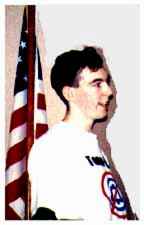May 12, 1936: The Dvorak Keyboard Layout Patented
Subscribe! Spotify | RSS | More
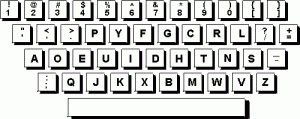
1936 – When typewriters first came out, many different people worked on keyboard layouts to become the standard. QWERTY was a popular system but was not efficient. August Dvorak and William Dealey decided to create and patent an alternative to this style, the end result – the Dvorak keyboard was born.
The keyboard was more efficient, too. Key letters were together so you would “roll” words. T was next to H, N was next to S. The sub-dominant hand would take care of vowels and lesser-used consonants, while the dominant hand took care of most of the consonants. Therefore, a left-hand and right-hand Dvorak keyboard was designed.
More interesting – People would type twice as fast as with a QWERTY style (120 words per minute). However, the people were typing so fast, the hammers on the typewriter would get stuck together. With those two major issues, the Dvorak keyboard did not get accepted.
One can switch to a Dvorak keyboard, though. Simply change the keyboard settings, and don’t look down at your keyboard (because the letters will be all wrong).

Subscribe to Day In Tech History:
RSS Feed - iTunes - Android - Spotify - iHeartRadio
Facebook -
- RSS Bandwidth by Cachefly Get a 14 Day Trial
- Join me on Patreon and support Day in Tech History
- MITS receives a restraining order for Microsoft on the 8080 BASIC
- XBOX360 is unveiled
- France passes the Three Strikes rule
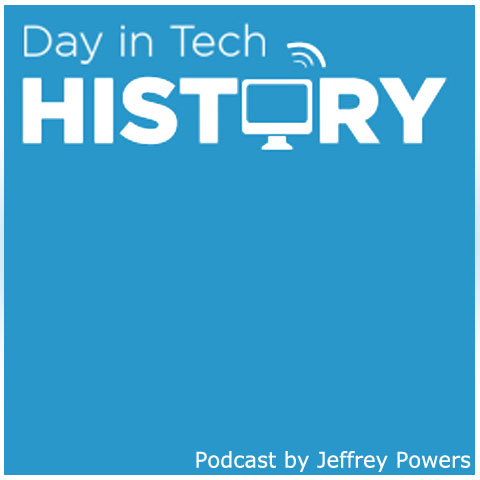
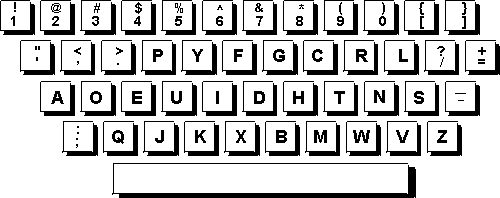

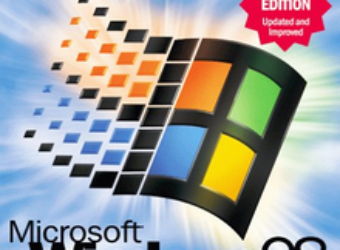
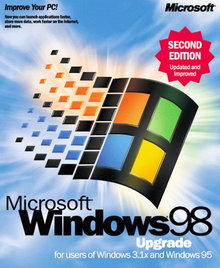


![prodigy_login_large[3] Prodigy](https://dayintechhistory.com/wp-content/uploads/2013/05/prodigy_login_large3-340x250.jpg)
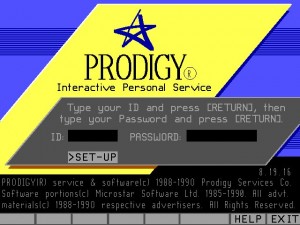
![chris-lamprect[1] Chris Lamprect](https://dayintechhistory.com/wp-content/uploads/2013/04/chris-lamprect1-340x250.jpg)
